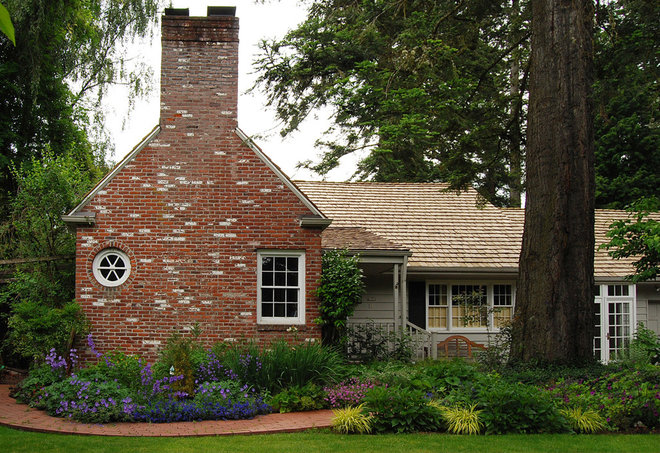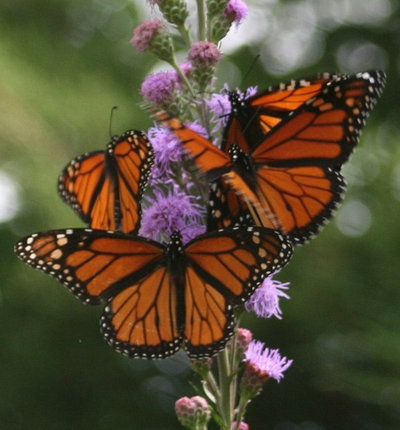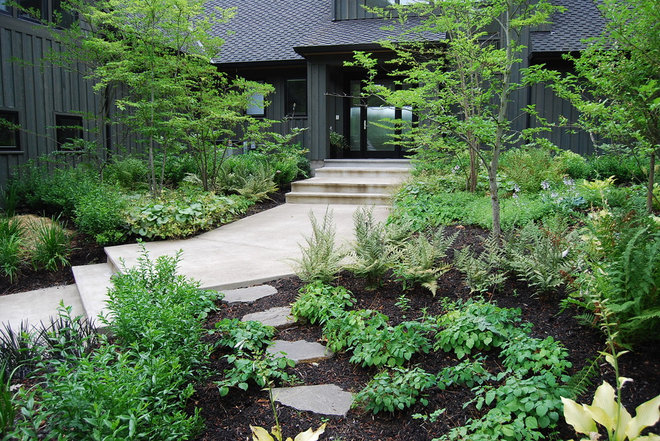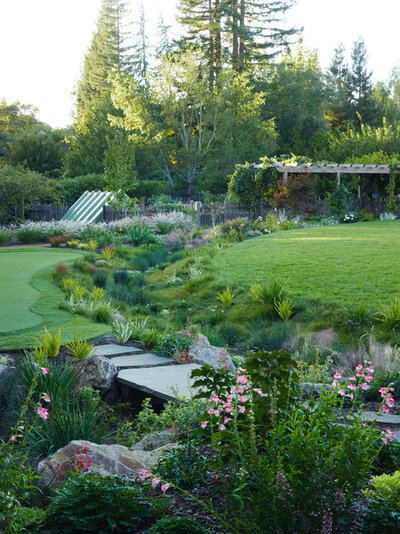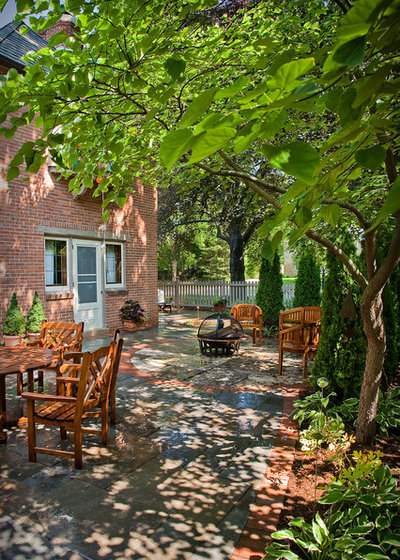5 Ideas for a More Earth-Friendly Garden
If you’re constructing a new landscape, let your builder or designer know you’d like to reduce the lawn with garden beds and islands. It can be as simple as increasing your foundation beds from 4 feet deep to 8 or even to 12 feet deep. Deeper beds open up the possibility for more diverse plant structure, from shrubs to flowers to grasses to ground covers, which increases habitat for the wildlife we love to see.
If you have an established landscape with lawn, selectively eradicate an area you don’t need or seldom use with a sod cutter, solarization or sheet mulch. Don’t want any traditional lawn? Think about planting a sedge (Carex spp.) or grass meadow. A pathway or other hardscape feature that runs through the meadow shows design intent and may win over neighbors.
How to Replace Your Lawn With a Garden
Popular Stories
We can provide for countless relationships that are going on above and below the soil, even if we can’t see them. When you use plants that grow together in the wild, placing them near one another as they would naturally occur, you’re emulating a relationship that works aesthetically and practically.
Native Plants 101
I’m not a fan of tilling or adding deep levels of amendments to ornamental perennial beds — it’s costly and destroys soil structure and life. I do like adding a thin layer of compost and organic mulch (leaf mold, wood chips or the cuttings of dead plants from the spring cleanup) on top of the soil.
Look at meadow and prairie plants — many lose up to one-third of their roots each year. As those roots decay, they naturally add organic matter. This is why the Midwest is filled with row crop fields — the prairies produced rich soil.
Get the Dirt on Your Garden’s Soil
See more ways to save water in the landscape
Large deciduous canopy trees like oaks and elms on the south and west sides of the home, or wherever you receive intense summer sun, can help cool your home in summer. Shrubs planted along these walls will also help regulate temperature. Conifers planted downwind from prevailing winds can slow or stop winter winds from reaching your home — those winds that sneak through gaps around windows and doors, and make you reach for the thermostat.
Reducing how much you need to heat and cool your home will not only save energy, it will also lower your bills — all because you planted a few gorgeous trees and shrubs.
